Music to Image-audio-to-image converter tool
Transform your music into stunning AI-powered art
wavかmp3形式のデータをアップロードし、追加のプロンプトがあれば一緒に記述してください。
Activity Support URL(https://buy.stripe.com/7sI6p42bn1vhgsU6oo)
Related Tools
Load More
Album Cover
Designs unique, thematic album art.

ImageGen AI GPT by MixerBox
AI GPT for crafting AI image prompts for Dalle-2, Midjourney & Stable Diffusion. Generate images for free too!
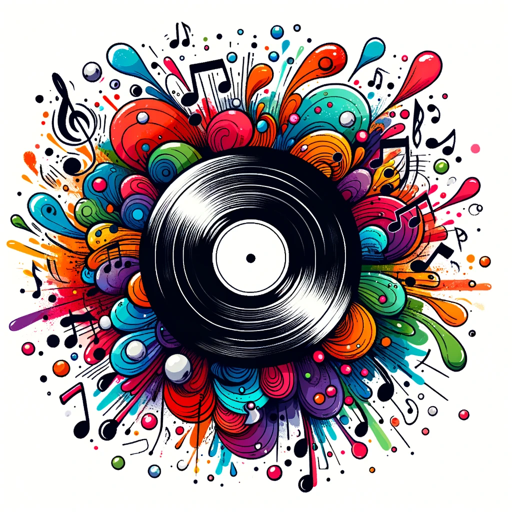
Album Art Designer
Formal GPT for concise, mood-specific album covers in various styles.

Music Cover Art Creator
AI specializing in designing music cover art.
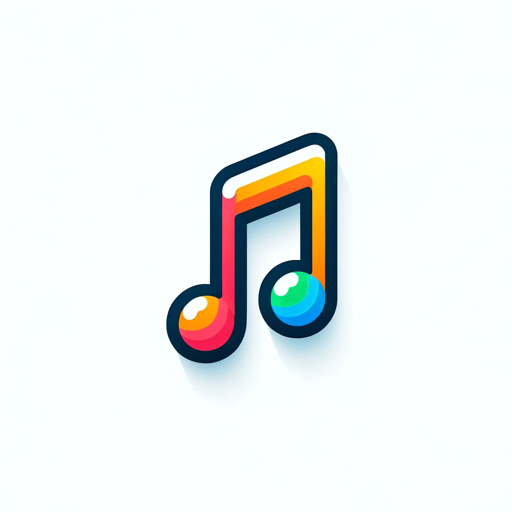
Music
Music enthusiast sharing details on songs, artists, and music topics.
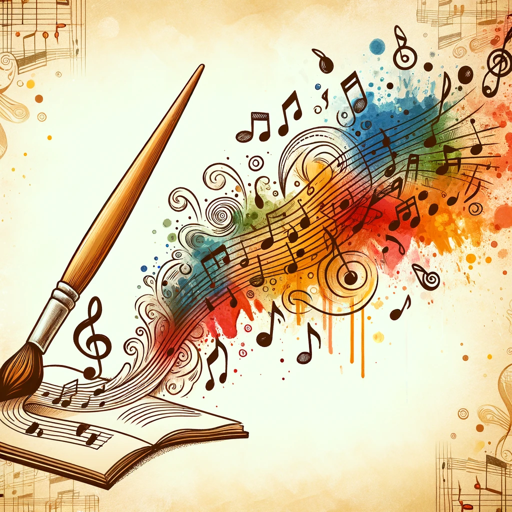
Lyric Visualizer
Autonomous creation of vivid HD images from song lyrics.
20.0 / 5 (200 votes)
Introduction to Music to Image
Music to Image is a specialized AI tool designed to convert auditory data, specifically music or sound, into visually appealing illustrations. This transformation is based on interpreting sound spectrograms—visual representations of the frequency spectrum of audio signals over time. The tool primarily focuses on creating anime-style character illustrations that incorporate musical and visual elements derived from the spectrograms. The core design purpose is to bridge the gap between auditory and visual art, offering creators a way to visualize music in a unique and aesthetically pleasing form. For example, a musician might upload a piece of music, and Music to Image will analyze the soundwaves, translating them into a character design that reflects the tone, mood, and energy of the music. This can be useful for album covers, promotional materials, or even as a creative experiment in merging different art forms.

Main Functions of Music to Image
Spectrogram Generation
Example
When a user uploads a music file, Music to Image converts it into a spectrogram, which is a visual representation of the sound frequencies.
Scenario
A producer uploads an electronic music track to visualize the frequency dynamics, creating a spectrogram that highlights the bass and treble variations. This spectrogram forms the foundation for further visual interpretations.
Prompt Generation from Spectrogram
Example
After generating the spectrogram, Music to Image creates detailed prompts based on the visual data. These prompts guide the creation of the final illustration.
Scenario
An indie musician wants to create an album cover. The spectrogram of their song shows dynamic peaks and valleys, suggesting high-energy moments. The prompt generated might describe these elements, leading to an illustration of a vibrant, energetic character.
Anime-Style Character Illustration
Example
Using the prompts derived from the spectrogram, Music to Image generates a custom anime-style character that visually represents the music.
Scenario
A game developer uses Music to Image to create a character that embodies the soundtrack of a particular level in their game. The resulting character illustration reflects both the emotional and sonic qualities of the music, providing an immersive visual companion to the audio.
Ideal Users of Music to Image
Musicians and Music Producers
Musicians and producers can benefit from Music to Image by visualizing their music in a unique way. They can create cover art, promotional materials, or simply explore how their music might translate into visual forms. The tool offers a creative outlet for those looking to merge auditory and visual experiences.
Game Developers and Multimedia Artists
Game developers and multimedia artists often seek ways to integrate music and visuals seamlessly. Music to Image allows them to generate character designs or visual elements that align closely with the soundtracks or audio cues in their projects. This can enhance the overall aesthetic and immersive experience of their creations.

How to Use Music to Image
1
Visit aichatonline.org for a free trial without login, also no need for ChatGPT Plus.
2
Prepare your music file or audio input. This could be any form of sound that you would like to visualize into an image.
3
Upload the audio file, ensuring it is in a supported format such as MP3, WAV, or FLAC.
4
Once the file is uploaded, the system will analyze the audio and create a spectrogram to interpret the musical data.
5
A unique illustration based on your audio will be generated, incorporating the musical spectrum and waveforms with artistic elements.
Try other advanced and practical GPTs
MS Co-Pilot
AI-powered tool for API integration and optimization.

GPT 방탈출
Escape the Room with AI-Powered Puzzles.
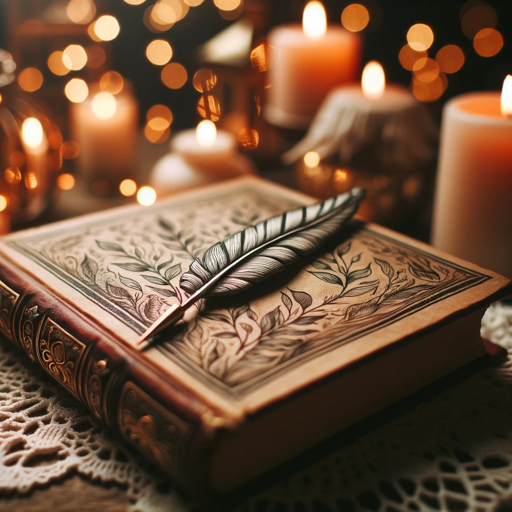
Penterjemah
AI-Powered Malay Translation Simplified

Emotional Support Copywriter
AI-powered copywriting for creative campaigns.

EasyWriter
AI-Powered Writing for SEO and Content Creation

POP Yourself
Create Your Custom Pop Doll with AI
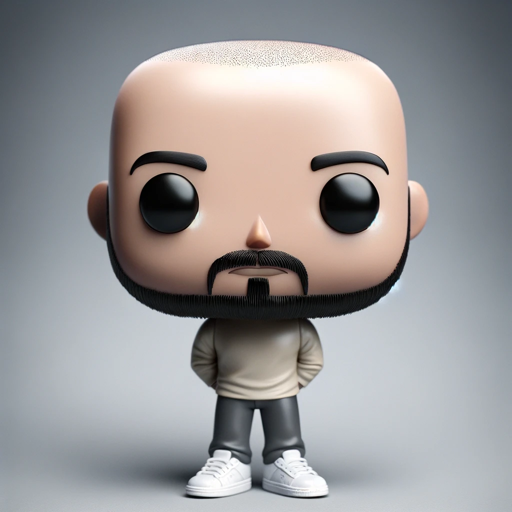
Ollie the no-code assistant
AI-Powered No-Code Web Development Assistant

Company Valuation
AI-Powered Company Valuation Tool
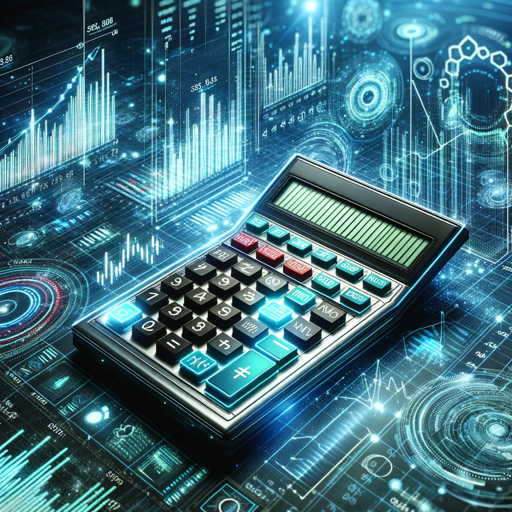
Report Master
AI-Powered Custom Report Generation
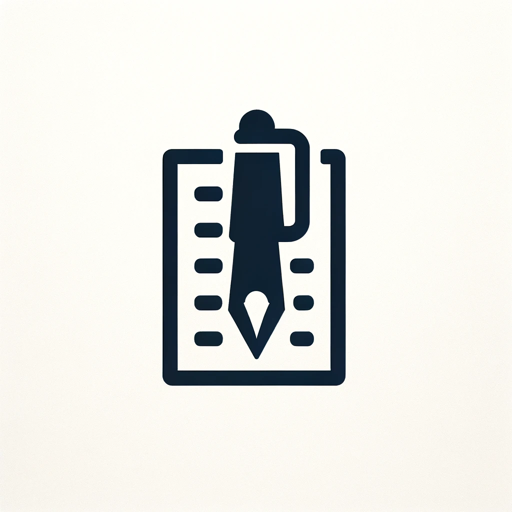
Academic Research Reviewer
AI-powered feedback for academic manuscripts.
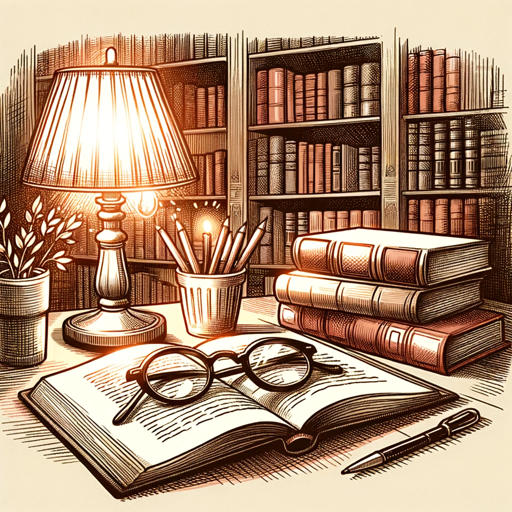
Superlocal
AI-powered local system control
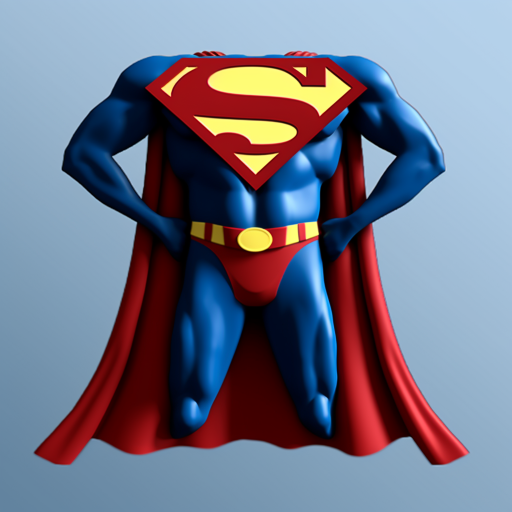
StableDiffusionGPT
AI-powered image generation at your fingertips.

- Creative Design
- Digital Illustration
- Music Art
- Audio Visualization
- Spectrogram Art
Music to Image Q&A
What is the main purpose of Music to Image?
Music to Image transforms audio or music files into visual representations through anime-style illustrations that integrate the waveform and frequency data from the sound.
What types of audio files are supported?
Music to Image supports common audio formats such as MP3, WAV, and FLAC, allowing flexibility in the type of music or sound used for generating images.
How long does it take to generate an image?
The image generation process typically takes a few minutes, depending on the complexity of the audio file and server load, as the system analyzes the sound before creating a detailed illustration.
Can I customize the generated image?
At this time, the tool automatically generates the visual content based on the audio's frequency and waveform patterns, so manual customization is limited.
What kind of visual styles are applied in Music to Image?
The illustrations are inspired by Japanese anime, and they incorporate elements like vibrant colors, musical waveforms, and abstract patterns that represent the rhythm and tones of the input audio.